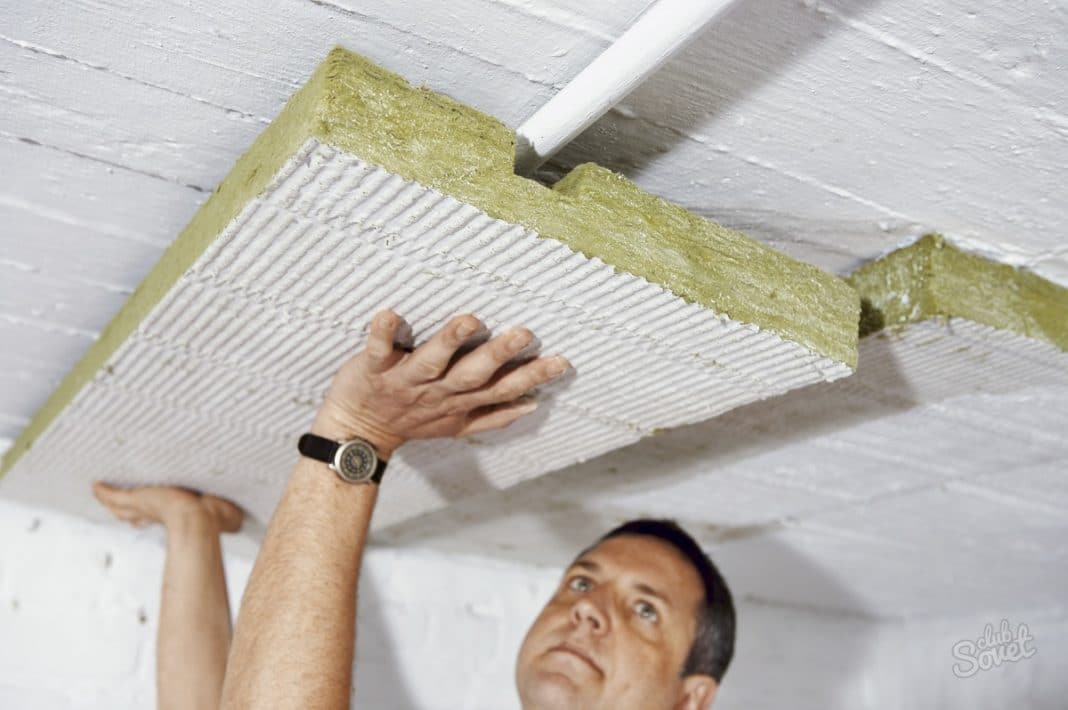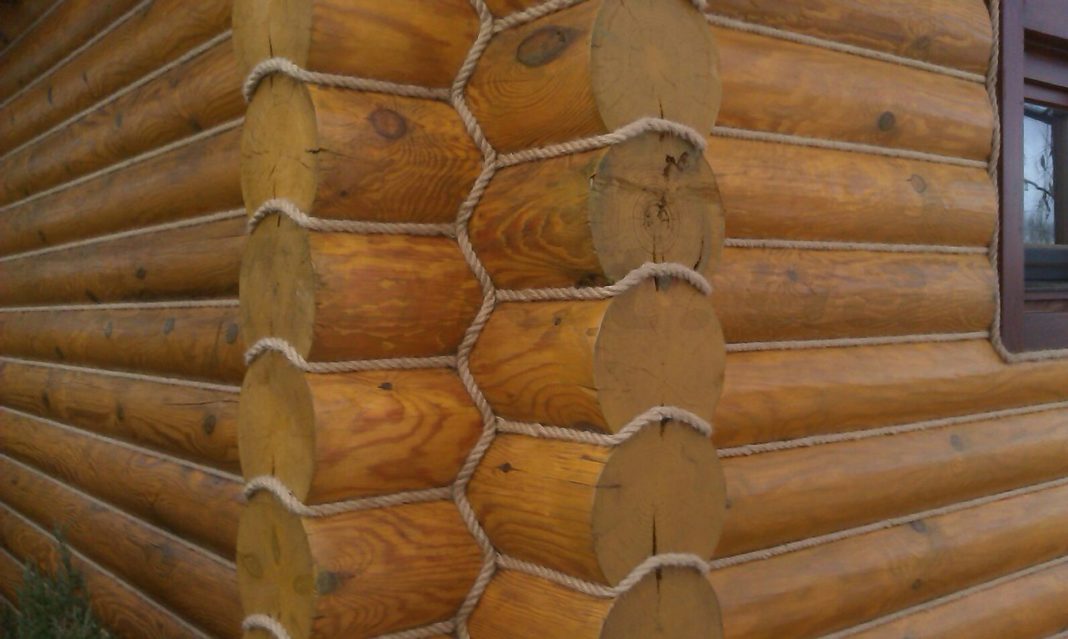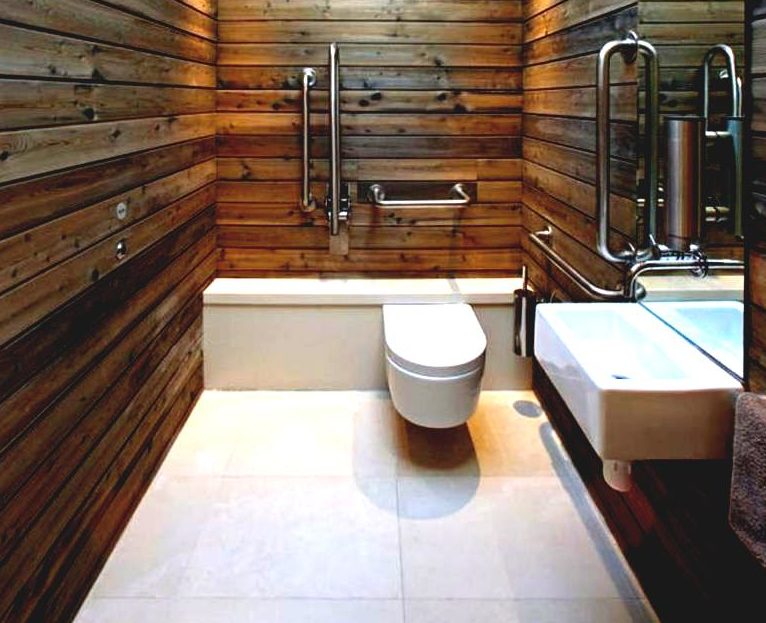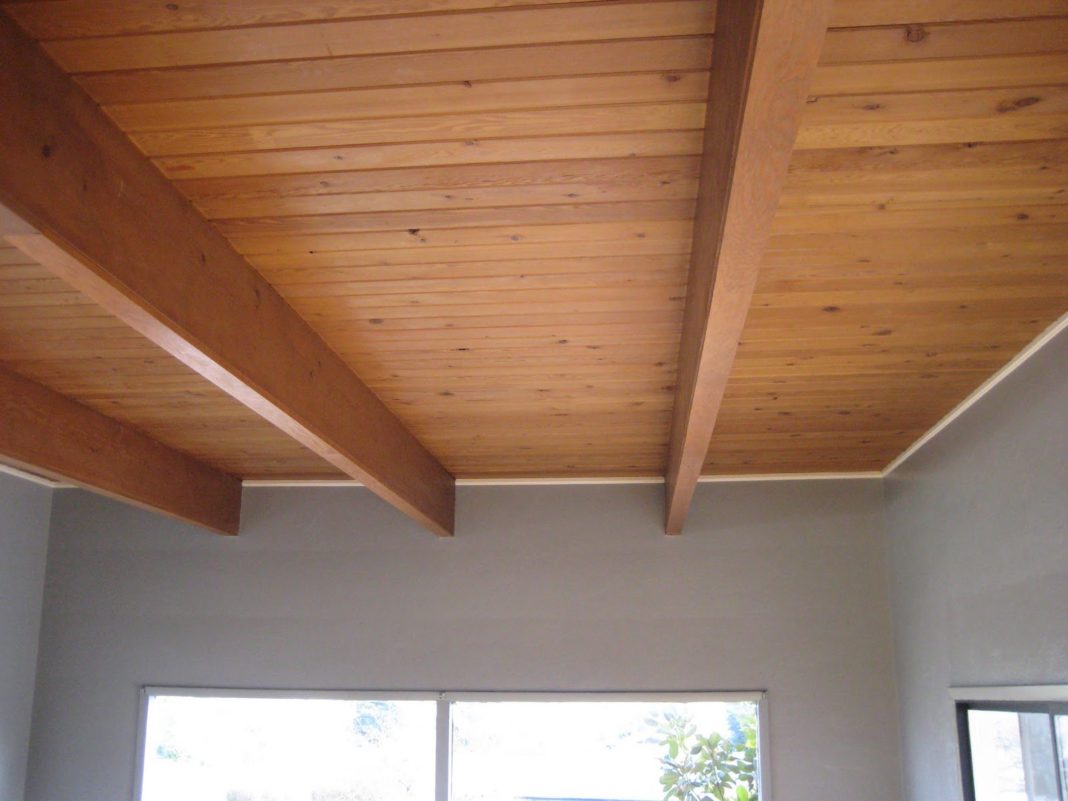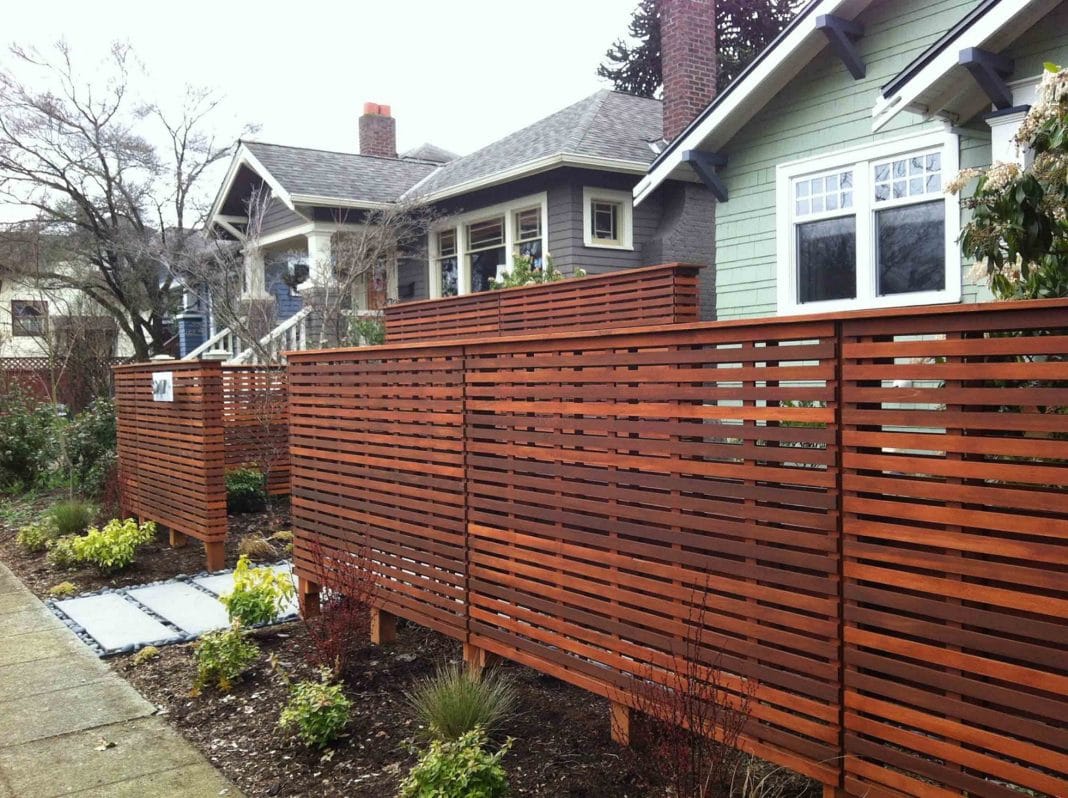How to cover a wooden house with bricks? Such a question is becoming more and more relevant in recent times, because the appearance of housing is a business card of each owner, and everyone wants to show themselves at their best in this regard. And with the availability of a huge range of bricks for cladding in construction stores, any homeowner can clad their home very original. Wooden house, clad with facing bricks, is not a rarity. Such buildings are most often found in dacha cooperatives. The peculiarity of such a structure is that wood is an environmentally friendly material, well preserves heat and has an attractive appearance. And the brick, in turn, gives the house increased strength. However, not everything is as wonderful as it may seem at first glance. Such a construction has both positive and negative sides, with which you need to familiarize yourself before you start finishing.
Pros and cons of brick cladding
Facing a wooden house with bricks has been known since ancient times and has been very popular for many years. Every owner of wooden housing at least once thought about this type of finishing, because it guarantees the long-term durability of the house.
Positive qualities are not limited to the long term, they can also include the following:
1. The most important advantage of a brick house is its resistance to all weather conditions. This surface of the house can withstand rain, hail and strong gusts of wind, unlike all kinds of plastic cladding. In addition, thanks to the absence of gaps eliminates the possibility of dampness in the room and provides complete protection from ultraviolet radiation.
2. Brick has quite good thermal insulation characteristics, and in combination with a base of wood, the house will be warm even in the coldest winters. In addition, brick is perfectly combined with all sorts of insulators.
3. Individuality of each construction. Modern finishes can have absolutely any color, since during the manufacture of the material paint pigments are added. Thanks to this, the owner can recreate exactly the exterior that he wants.
4. Properly carried out lining of a wooden house with bricks guarantees the preservation of wood. This is due to the fact that after the completion of work on the wood practically cease to affect any external factors, so the life of the material increases several times. The pros look very impressive, but the cons also play a significant role, and it is worth familiarizing yourself with them before facing the house.
To the main disadvantages can be attributed the following:
1. First of all, there is a question of strengthening the foundation, as the mass of the walls of the house increases several times. Therefore, it is necessary to carry out work to strengthen and expand the base of the building. And this is very laborious work and large financial costs. In this regard, the brick is much inferior to various plastic analogs, which weigh much less.
2. The question of finance. To implement this type of work will have to seriously spend on materials. In addition to lining material will have to purchase a large amount of concrete, reinforcement, waterproofing material, etc.
3. The process of masonry is quite long, complicated and painstaking.
Even if you do not take into account the strengthening of the foundation, the process of lining the house will take a large amount of effort and time. Yes, and to perform the work independently, you need serious enough knowledge and skills in construction, otherwise you will have to resort to the help of professionals. Thus, having analyzed the positive and negative sides, it can be noted that all the disadvantages rest in a large amount of work and the high cost of materials. In all other respects, this type of cladding of the house is the most qualitative. If this option fully satisfies the owner, it is recommended to familiarize yourself with the basics of the work.
Foundation and preparation for work
Cover the house with bricks with their own hands – a difficult task, but with certain skills and in accordance with technology, this type of work can become quite feasible. The first stage of any construction is the laying of the foundation. If the house has a wide base, then this stage may not be necessary, but in 99% of cases of wooden houses the base is extremely weak, and without expanding the foundation can not do without. Along the perimeter of the entire building, it is necessary to dig a trench with a depth of 50 cm and a width of 30-40 cm. The width depends on whether a layer of thermal insulation will be laid, if it will be, the foundation should be wider. Depth of 50 cm is applicable for a single-storey building, and if the house has 2 or more floors, then accordingly and the depth of the foundation should be much greater.
At the second stage, a wooden formwork is installed around the entire perimeter of the trench, after which the lower part of the ditch is backfilled with a layer of sand and crushed stone. The height of this substrate should be about 20 cm. After that, 2 layers of tied rebar are placed in the trench. It remains only to pour all the concrete. It is recommended to perform the pouring in 1 run. Do not forget about the process of tamping the concrete, it is necessary in order to remove air bubbles from the solution. Proceed to the main type of work can not immediately. Concrete must completely harden, usually it takes about 1 month.
The process of preparation for cladding consists of several stages:
1. It is necessary to carry out the dismantling of unnecessary elements, such as cladding, platband, etc.
2. Next, you need to clean the surface of the building from dirt, moss and paint.
3. The next step is to treat the surface with special antiseptic agents that prevent the process of mold and rotting.
After completion of work on strengthening the foundation, you can proceed to the main stage of work.
Wall cladding
At the first stage of work, we return to the same foundation. First of all, it is necessary to waterproof it to prevent water ingress and mold formation between the wooden and brick walls of the house. To implement waterproofing, it is necessary to lay several layers of roofing felt. After that, the first row of bricks is laid. Cover the house at a distance of about 5-6 cm from the wooden wall. This is done in order to ensure air circulation. It is necessary to prevent the formation of mold. If insulation material will be laid, then, accordingly, the distance should be much greater.
Each laid row should be checked with a construction level. If deviations from the horizontal are detected, they must be eliminated over the next few rows. When laying the second row vertical joints are not recommended to fill with mortar, it is necessary in order to ensure the same air circulation. The same row will need to be made at the very top of the wall. After that, all other rows are erected. It should be known that over the door and window openings you need to install a lintel, which will hold the cladding. As such a lintel can be metal corners or a concrete beam.
The brick cladding is not independent of the wooden walls. It is necessary to ensure contact between them by means of anchors. Fixing should be carried out every 5 rows, the distance between anchors should not exceed 50 cm.
Attention should be paid to cleaning the surface from the mortar. It should be done before the concrete has hardened, because in the future it will be much more difficult, and it is possible to damage the surface of the coating, which will negatively affect the appearance of the entire building.
A few words as a conclusion
Summarizing all of the above, it can be noted that the brick-clad wooden house will last much longer and will be much warmer. Such a building is not afraid of many external factors. The main pluses predispose to this type of finishing. But it is worth remembering that the work is extremely long and painstaking. It is necessary to clearly understand how to properly cover the house. You will also have to spend a lot of effort, time and money to carry out the process of construction work. But the final result will justify expectations 100%, and the house will serve its owner for many years.

